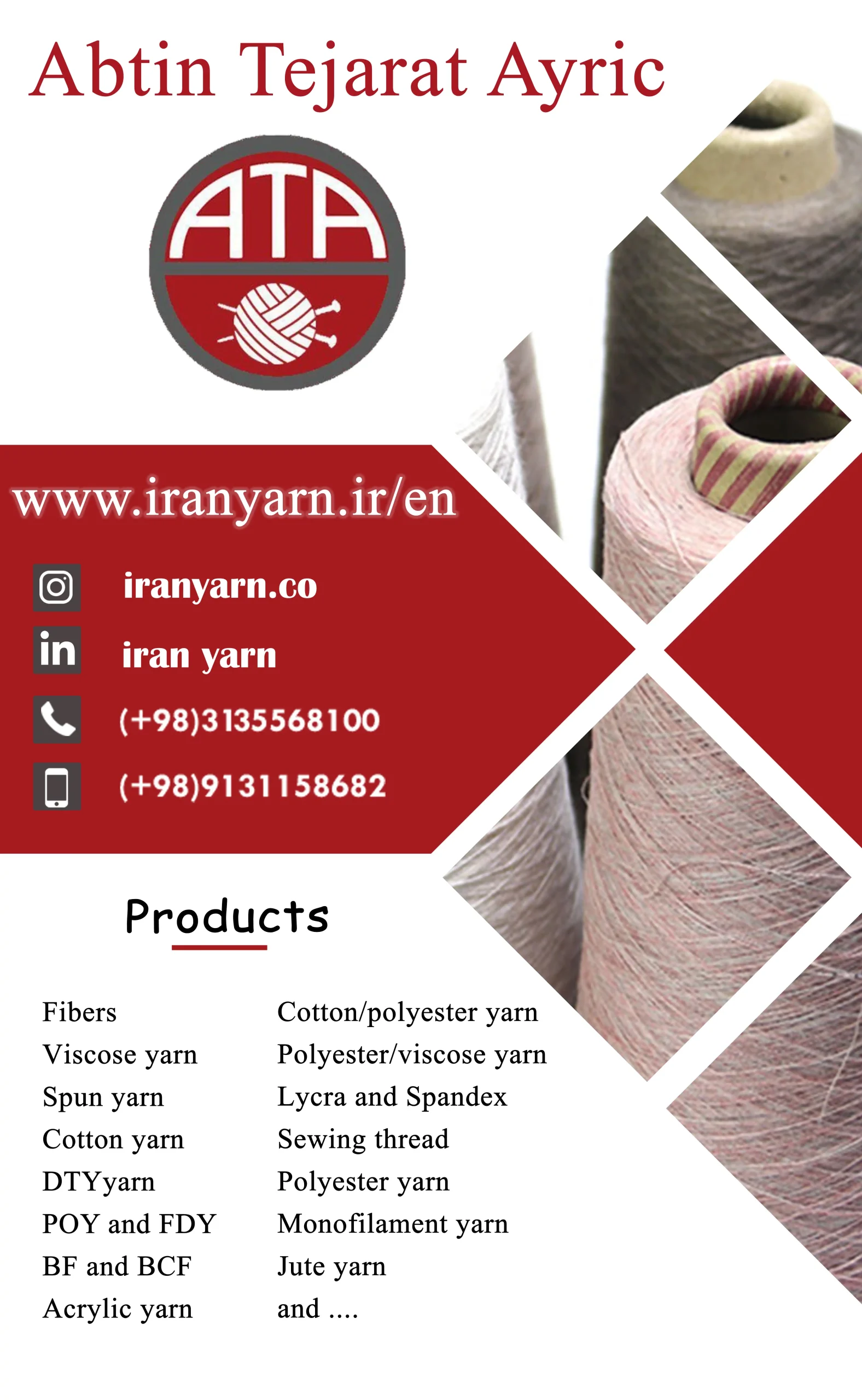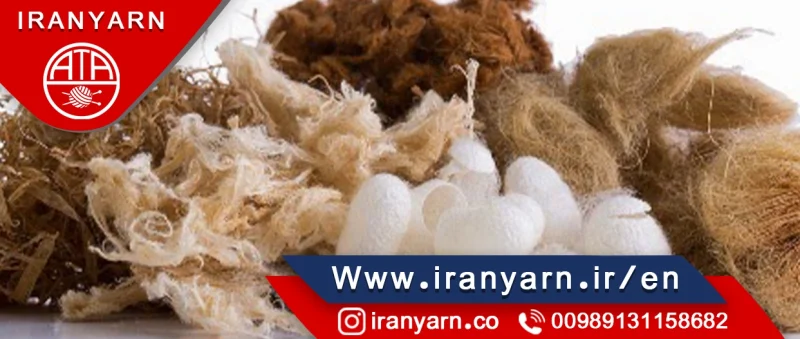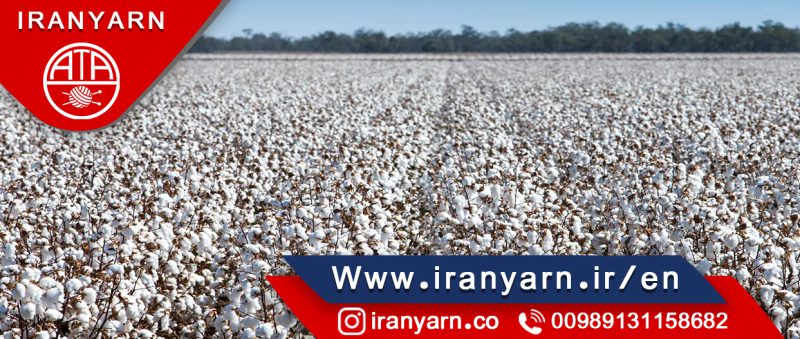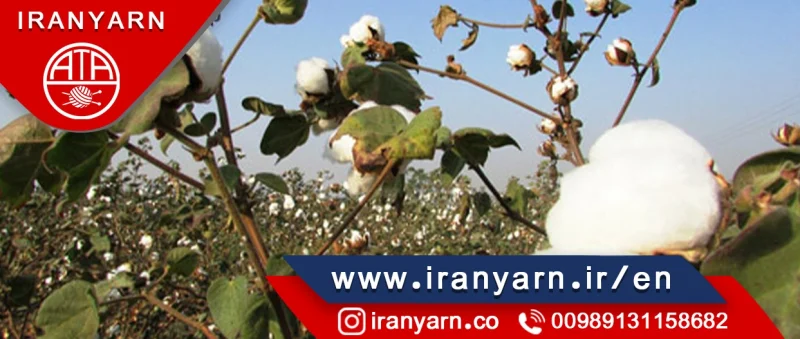Textile bleaching has been a long-standing process involving the use of chemicals to remove natural dyes from the substrate. Natural dyes are organic compounds with conjugated double bonds, and the color change occurs through chemical bleaching by breaking the chromophore and destroying double bonds. This results in a whiter appearance of the material. Optical brightening agents were previously necessary to achieve whiteness, but the degree of whiteness also affects absorbency and is an important criterion for color evaluation in bleaching.
Purposes of the bleaching procedure
- High and consistent fabric absorption for water, dyes, and finishing materials is achieved by eliminating hydrophobic impurities from natural fibers.
- The fabric should have a consistently high and stable whiteness that is maintained under storage conditions. It should also be resistant to damage from a high degree of polymerization.
- Two bleaching methods are employed: oxidative and reductive bleaching. The former is primarily used for cotton, while the latter is predominantly used for wool.
Bleaching process tips:
The oxidation rate of impurities and colored substances on the surface and in the fiber, lumen should be significantly faster than the rate of cellulose oxidation. The bleaching process parameters, including pH, concentration of bleaching liquid, liquid ratio, temperature, and additives such as surfactants, active agents, and catalysts, should be chosen to increase the difference between these two rates and ensure the lowest rate of cellulose oxidation.
Cellulose oxidation, if unavoidable, should proceed to minimize the production of functional groups and oxygen consumption. Therefore, oxidation should be limited to the end of the chain to avoid attacking the main cellulose chain.
Another requirement is high oxygen consumption, meaning a large number of oxygen atoms per chain cleavage. This results in a low degree of degradation and minimizes damage to the fibers. Of particular importance is the low aldehyde content and especially the presence of “active” aldehyde groups on bleached fibers, which minimizes chain dissolution in alkaline washing and after mercerization. This leads to slight yellowing during washing and reduces the yellowness of the fabric during storage.
Another important condition is the low content of the carboxyl group, which increases the stability of cellulose in storage, thus preventing the auto-hydrolysis reaction and the formation of new active aldehyde groups, resulting in yellowing and weakening of the fibers. The materials used in this process are not corrosive and do not increase the pollution of the factory effluent.









